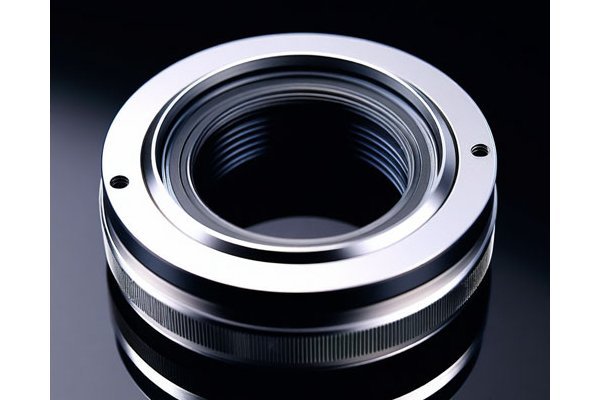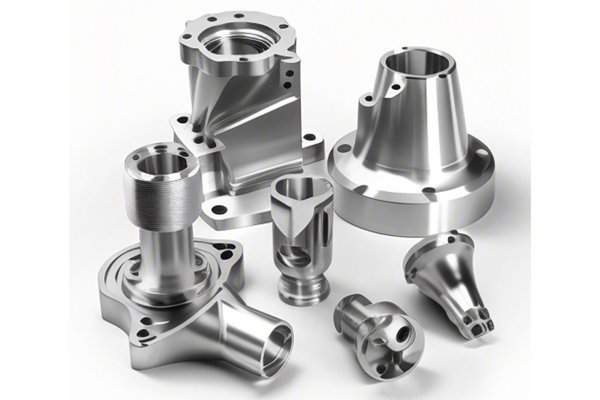Did you know that businesses that implement CNC (Computer Numerical Control) machining can reduce production costs by as much as 30% while improving production efficiency by nearly 50%? This is particularly impressive considering how crucial CNC machining has become in various industries, including aerospace, automotive, and electronics. But what is the secret behind these substantial improvements? This blog delves into the mechanics of CNC machining, illustrating how efficient quotations and stringent cost control can act as game-changers in optimizing production efficiency.
—
Understanding CNC Machining
Before diving into the optimization strategies, it’s vital to understand what CNC machining entails. CNC machining is a manufacturing process that uses computer-controlled machines to create parts and products from various materials, including metals, plastics, and composites. The process involves the following steps:
Each of these steps must be optimized to ensure cost efficiency and high-quality output.
—
Challenges in CNC Machining
—
The Importance of Effective Cost Control
Cost control is essential to profit maximization. Effective cost control does not merely focus on implementing budgetary restrictions; it entails systematically analyzing costs, identifying inefficiencies, and optimizing the use of resources. For CNC machining, effective cost control can mean:
Implementing these strategies can help businesses stay competitive, just in time for the next big order.
—
Optimizing Quotations
Quotations are crucial for CNC machining businesses. They provide potential customers with a clear understanding of costs involved in producing parts. Here’s how to optimize them:
—
Strategies to Enhance Production Efficiency
To optimize production efficiency in CNC machining, you can adopt several key strategies:
Lean manufacturing focuses on minimizing waste while maximizing productivity. Here are some components of lean manufacturing relevant to CNC machining:

Modern CNC machines come equipped with advanced features that improve efficiency, such as:
Quality control must be integrated into every phase of CNC machining. Some effective methods include:
—
Training and Skills Development
The efficiency of CNC machining is significantly influenced by the skill level of operators. Implement comprehensive training programs that focus on:
—
Maintaining Machinery
Proper maintenance of CNC machinery can significantly reduce production costs by minimizing downtime and the need for costly repairs:
—
Case Study: CNC Machining in Aerospace
To illustrate the effectiveness of these strategies, consider the aerospace industry, where precision and efficiency are paramount.
Scenario: A company specializes in producing aerospace components using CNC machining. Initially struggling with high costs and slow production times, they implemented the following strategies:
Result: The business saw a 40% increase in production efficiency and a 25% decrease in overall costs, allowing them to take on more contracts and boost their profitability.
—
Optimizing production efficiency through CNC machining is not merely a matter of cutting costs; rather, it’s about implementing a strategic approach that encompasses effective quotations, robust cost control practices, advanced technology, skilled workforce development, and rigorous maintenance protocols.
With the statistics indicating that organizations can reduce production costs by 30% and enhance efficiency by nearly 50%, there’s no better time to focus on these strategies.
This blog serves as a reminder of the critical elements involved in CNC machining and why understanding them can spell the difference for those looking to enhance their manufacturing processes. By embracing these methods and learning from real-world applications, businesses can not only navigate the complexities of manufacturing more effectively but also position themselves for sustained success in an increasingly competitive market.
As industries evolve, considering how CNC machining practices can lead to operational excellence will be integral in maintaining an edge over competitors. Start thinking about these strategies today for a more productive and profitable tomorrow.






